Editors’ Picks




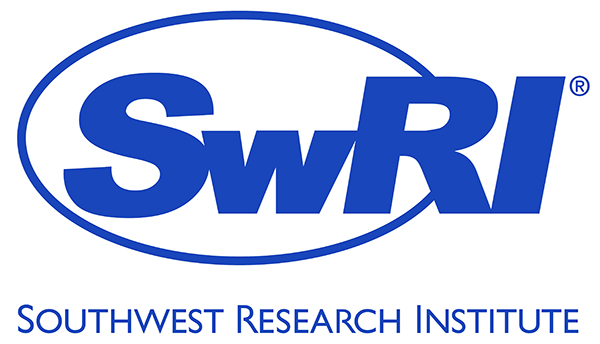
Found in Robotics Companies & Businesses, with a score of 18.69
Southwest Research Institute (SwRI) provides independent expert research and development, advanced robotic system capabilities, and custom hardware designs, which include perception systems, mobile manipulation, and automation process development. SwRI launched the Robot Operating System-Industrial (ROS-I) open-source project. ROS-I is now a global initiative steered by a global consortium, and it includes innovative software capabilities and applications for industry based on foundational open-source building blocks. Headquartered in San Antonio, SwRI is an independent, nonprofit, applied R&D organization. More than 2,800 engineers, scientists, analysts, and technologists perform contract research and development for government and industrial clients worldwide.
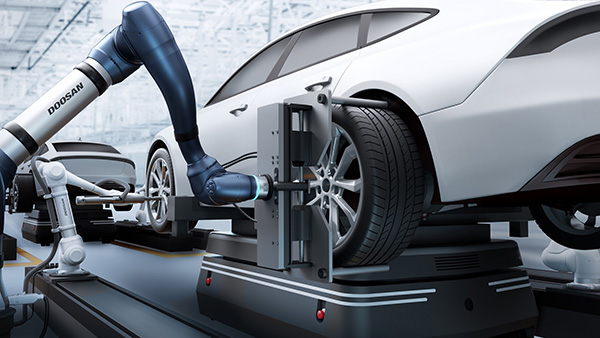
Found in Robotics News & Content, with a score of 17.51
…Robotics Inc. today announced the release of the Doosan ROS 2 package, which is compatible with ROS 2 Foxy Fitzroy. The South Korean company said it is first vendor to operate collaborative robots driven by the newest version of the Robot Operating System. “To meet the growing trend of robots using ROS, Doosan Robotics developed the ROS 2 Foxy package to allow more local and global customers build robot applications more conveniently and at a faster speed,” stated Chae Dong-hwi, CEO of Doosan Robotics. “We will continue to enhance the functionality of ROS 2 and improve accessibility for our customers…
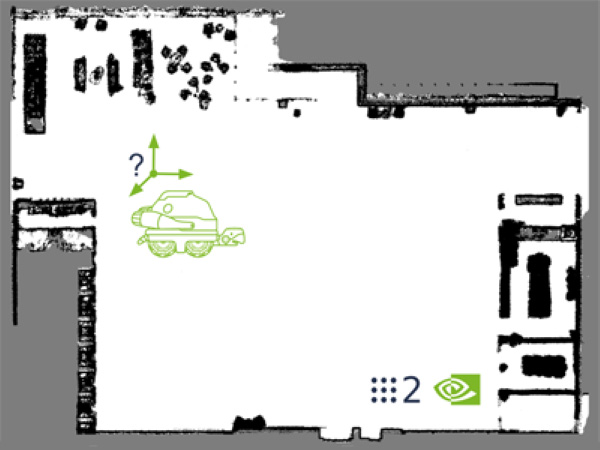
Found in Robotics News & Content, with a score of 16.79
Before a robot can navigate, it needs to know where it is. The NVIDIA Isaac™ ROS Map Localization package provides a GPU-accelerated node to find the position of the robot relative to a lidar occupancy map. In this webinar, we’ll present how this package works, and how to use it for initial localization of your robot.

Found in Robotics News & Content, with a score of 13.51
At ROSCon 2022, NVIDIA announced the newest Isaac ROS software release, Developer Preview (DP) 2. This release includes new cloud– and edge-to-robot task management and monitoring software for autonomous mobile robot (AMR) fleets as well as additional features for ROS 2 developers. NVIDIA Isaac ROS consists of individual packages (GEMs) and complete pipelines (NITROS) for hardware-accelerated performance. In addition to performance improvements, the new release adds the following functionality: Mission Dispatch and Client: An open-source CPU package to assign and monitor tasks from a fleet management system to the robot. Mission Dispatch is a cloud-native microservice that can be integrated…
Found in Robotics News & Content, with a score of 13.04
…majority holding in the Kamen-based, German gantry robot specialist RO-BER Industrieroboter GmbH. Elmar Issing, vice president of robotics and innovations at SSI Schaefer, said, “high-performance robotic applications are now a key factor in integrated automation solutions in intralogistics. Our involvement with RO-BER increases the range of solutions for our customers in another key future technology and completes the product portfolio in robotics with intelligent control technology.” As an independent developer and manufacturer of gantry robot systems for picking and sequencing, as well as for storing, buffering and linking, RO-BER has already been a reliable project partner to SSI Schaefer for…
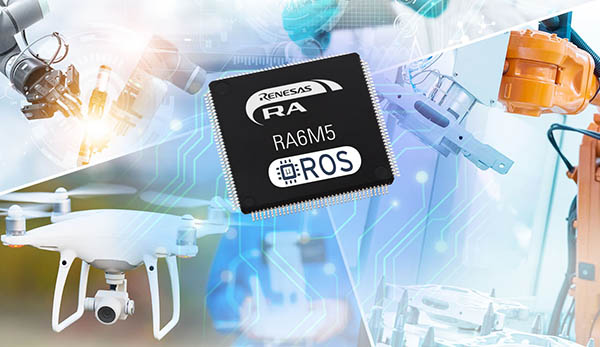
Found in Robotics News & Content, with a score of 12.93
…that it has worked with eProsima to port the micro-ROS development framework into its Renesas Advanced microcontroller units, or RA MCUs. The Renesas EK-RA6M5 Evaluation Kit for RA MCUs is the official supported reference platform for micro-ROS, they said. The goal is to ease development of professional robotics applications, said the companies. “Robotics is becoming increasingly important as Industry 4.0 and Industrial IoT gain steam,” said Roger Wendelken, senior vice president in the IoT and Infrastructure Business Unit at Renesas. “The performance and feature set of the RA family make it the best choice for robotic applications, and we’re pleased…
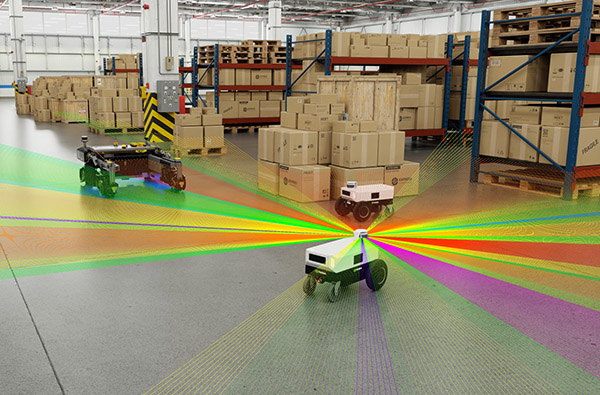
Found in Robotics News & Content, with a score of 12.90
…efficiency, according to NVIDIA. The mission of NVIDIA Isaac ROS has always been to empower ROS developers with the accelerated computing packages and tools needed to develop high-performance, power-efficient robotics applications. NVIDIA is also pioneering accelerated computing into ROS 2, and continuing to deliver improvements with each release. More than 20 hardware-accelerated ROS packages have been added in the past two years, with support for the latest ROS 2 distribution. The company's team worked with Open Robotics last year to include adaptation and type negotiation to improve the ROS performance on compute platforms that offer hardware accelerators. They also implemented…
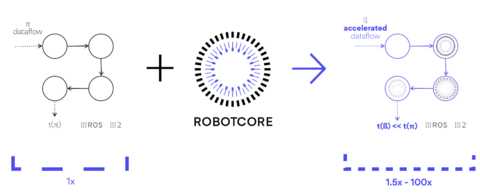
Found in Robotics News & Content, with a score of 11.15
…hardware acceleration framework for the Robot Operating System, or ROS. Acceleration Robotics said it focuses on designing customized brains for robots to hasten their response times. Delivering semiconductor building blocks for robots, the Vitoria-Gastiez, Spain-based company said it creates custom compute architectures for high-performance robots through hardware acceleration while remaining robot and accelerator-agnostic. Acceleration Robotics supports popular field-programmable gate arrays (FPGAs) and graphics processing units (GPUs). ROBOTCORE extends ROS and works with vendor-proprietary libraries, empowering hardware acceleration in robotics across silicon vendors, the company said. Framework enables developers to create APIs ROBOTCORE allows robotic engineers to create ROS and ROS…
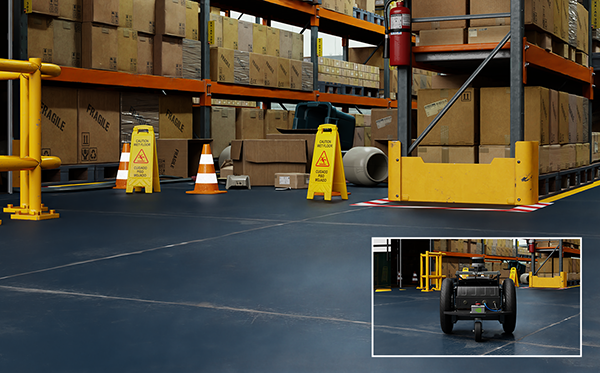
Found in Robotics News & Content, with a score of 9.38
…that it is working with Open Robotics to improve ROS 2 performance on its Jetson platform for artificial intelligence at the edge and its GPU-based systems. The company said this initiative will enable robotics developers to more easily and quickly incorporate computer vision and machine learning functionality into systems based on the Robot Operating System (ROS). “We've been working closely with Open Robotics to bring a host of NVIDIA AI technologies to the ROS community,” said Murali Gopalakrishna, head of product management, autonomous machines, and general manager for robotics at NVIDIA. “We want to make it seamless for developers to…
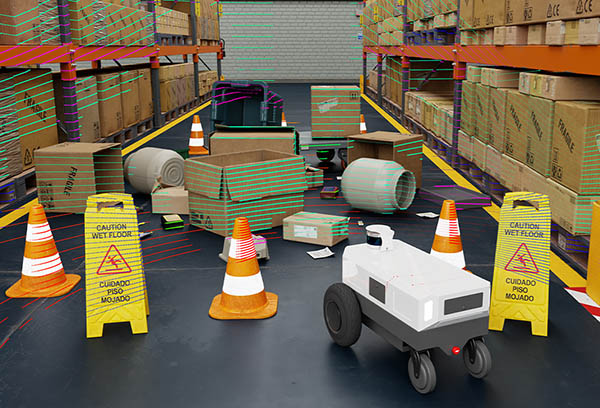
Found in Robotics News & Content, with a score of 9.35
…a critical challenge for autonomous robots. In conjunction with ROS World 2021, NVIDIA Corp. announced its latest efforts to deliver performant perception technologies to the Robot Operating System developer community. The Santa Clara, Calif.-based company said these initiatives will accelerate product development, improve performance, and simplify the task of incorporating computer vision and artificial intelligence functionality into ROS-based applications. NVIDIA claimed that it will provide the highest-performing, real-time stereo odometry system as a ROS package. The Santa Clara, Calif.-based company also noted that all NVIDIA inference deep neural networks (DNNs) will be available on NVIDIA GPU Cloud (NGC) as a…
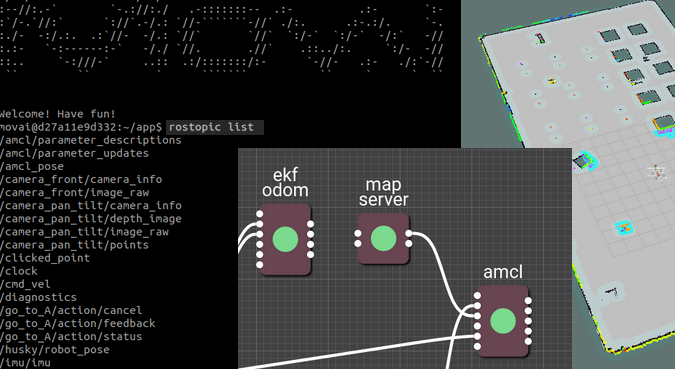
Found in Robotics News & Content, with a score of 8.92
…for software based on the Robot Operating System, or ROS. It is intended to allow roboticists to start using ROS quickly and easily, said the Tel Aviv, Israel-based company. The open IDE provides a visual representation of ROS projects for simple and intuitive development, claimed MOV.AI. “Flow makes it easier to import assets, reduces configuration and integration work, speeds up debugging, and makes it easy to port projects across environments, and share with the community,” it said. MOV.AI's Robotics Engine Platform is based on ROS and includes a Web-based interface. The company said it provides manufacturers and integrators with all…

Found in Robotics News & Content, with a score of 8.52
…nearly a decade, the U.S. government has been developing ROS-M, a military version of the Robot Operating System. Built on ROS 1, ROS-M enabled the U.S. Department of Defense to benefit from open-source development practices while maintaining tight control over the community-developed code. However, support for Noetic, the current revision of ROS 1, is set to end in 2025. Stratom this week announced that it is part of a team that was chosen to deliver Stage II of the Modular Autonomy and Robotic Software, or MARS, program. The MARS program involves the collaborative migration of Robotic Technology Kernel (RTK) software…



